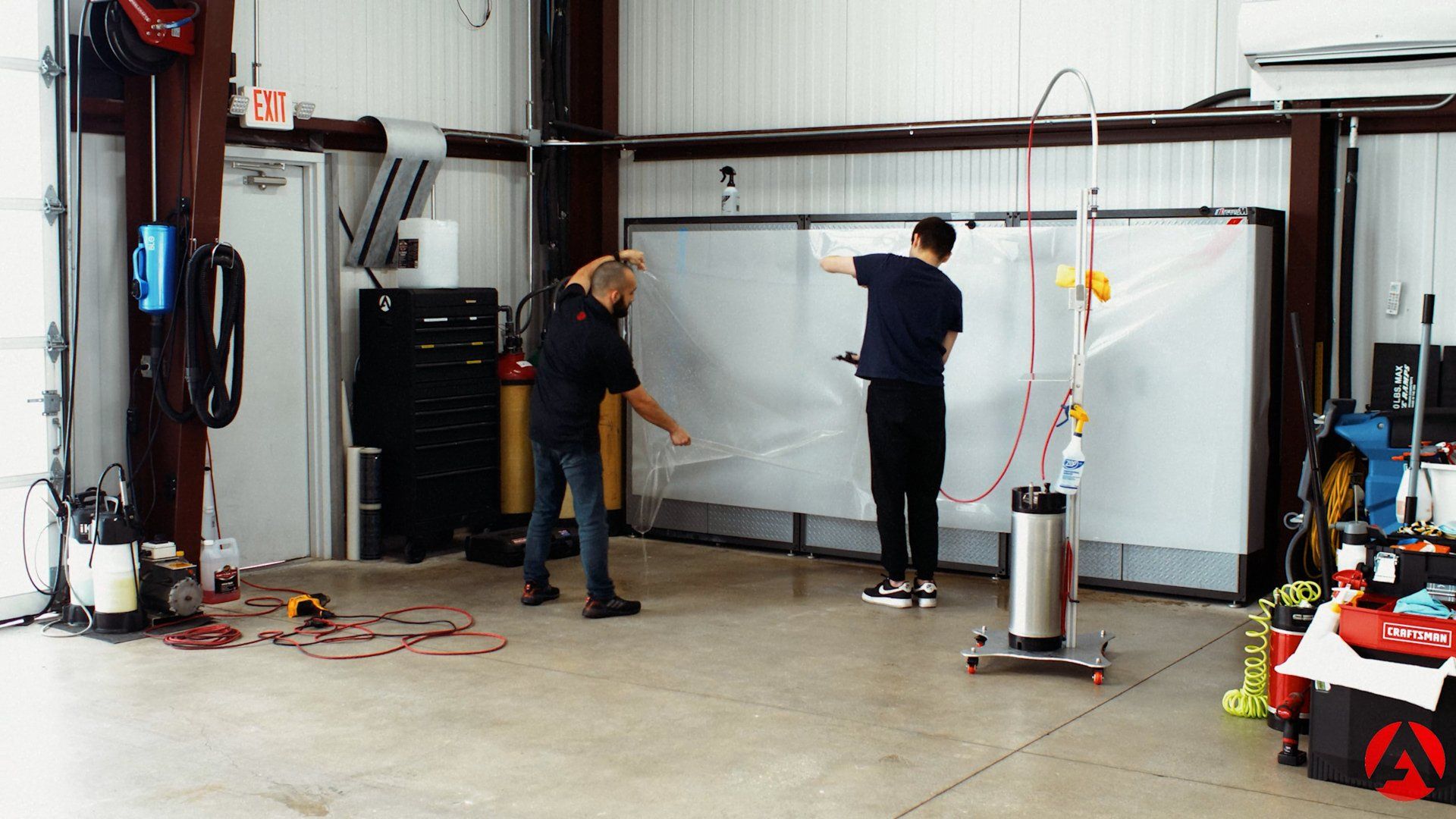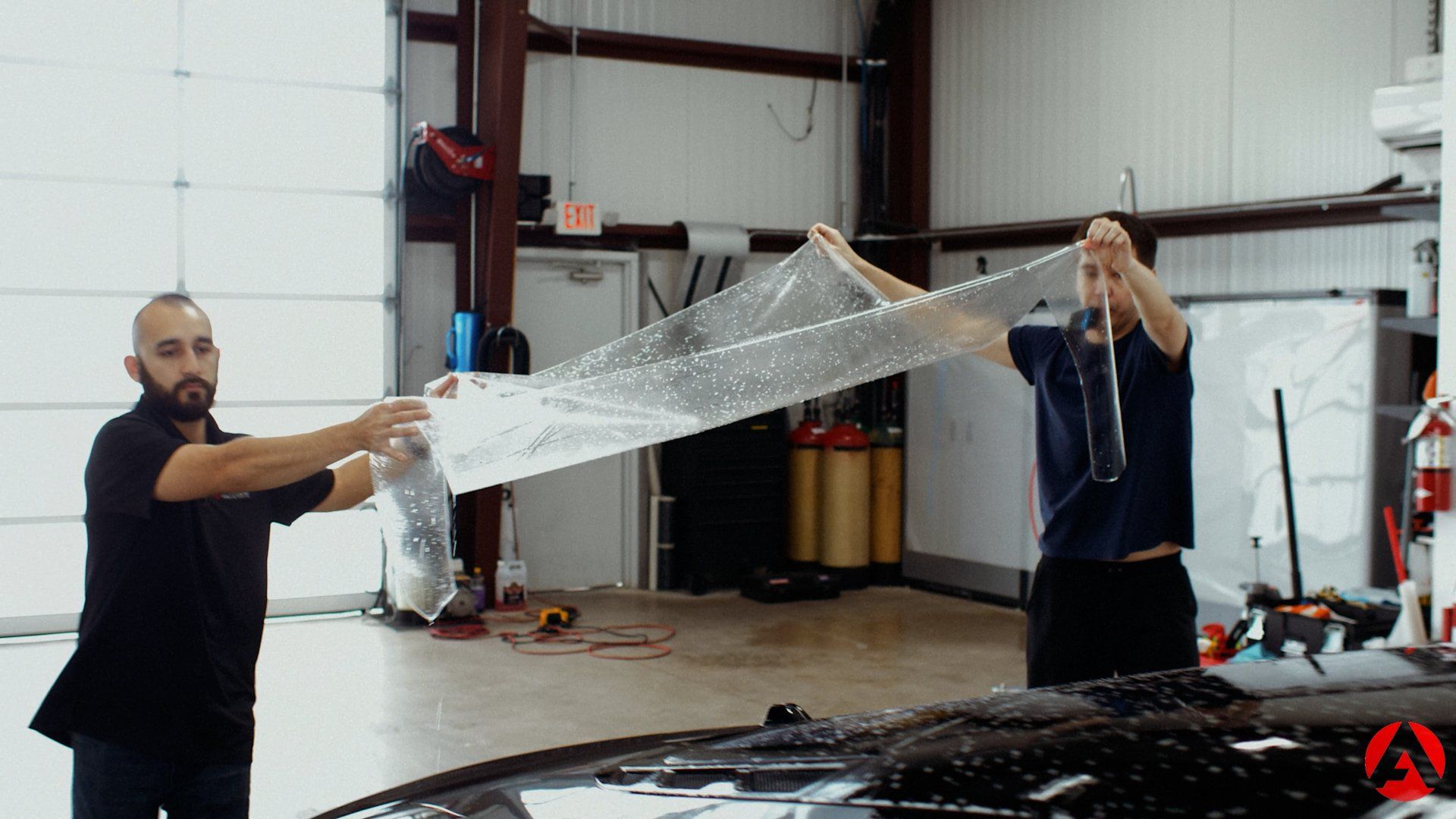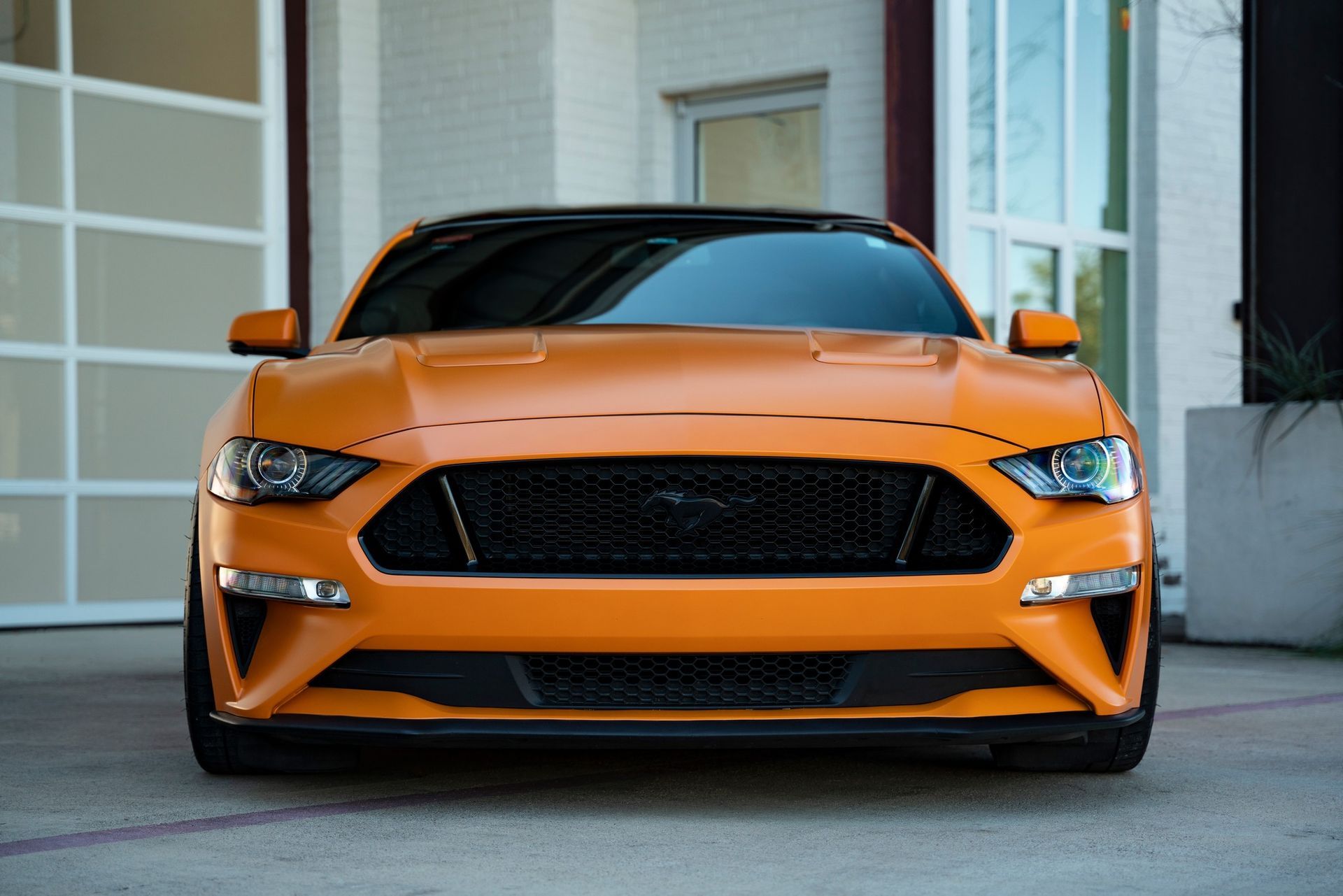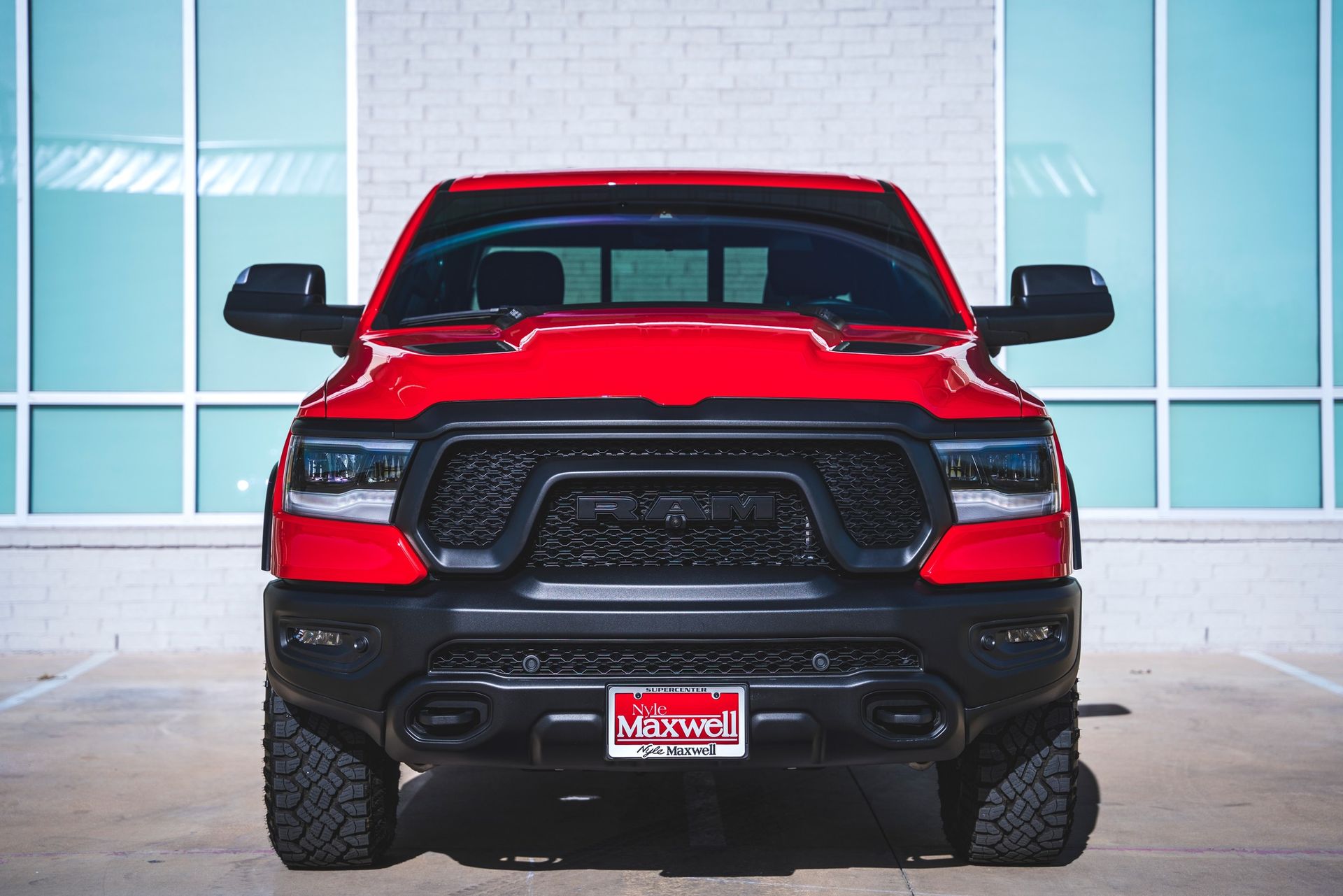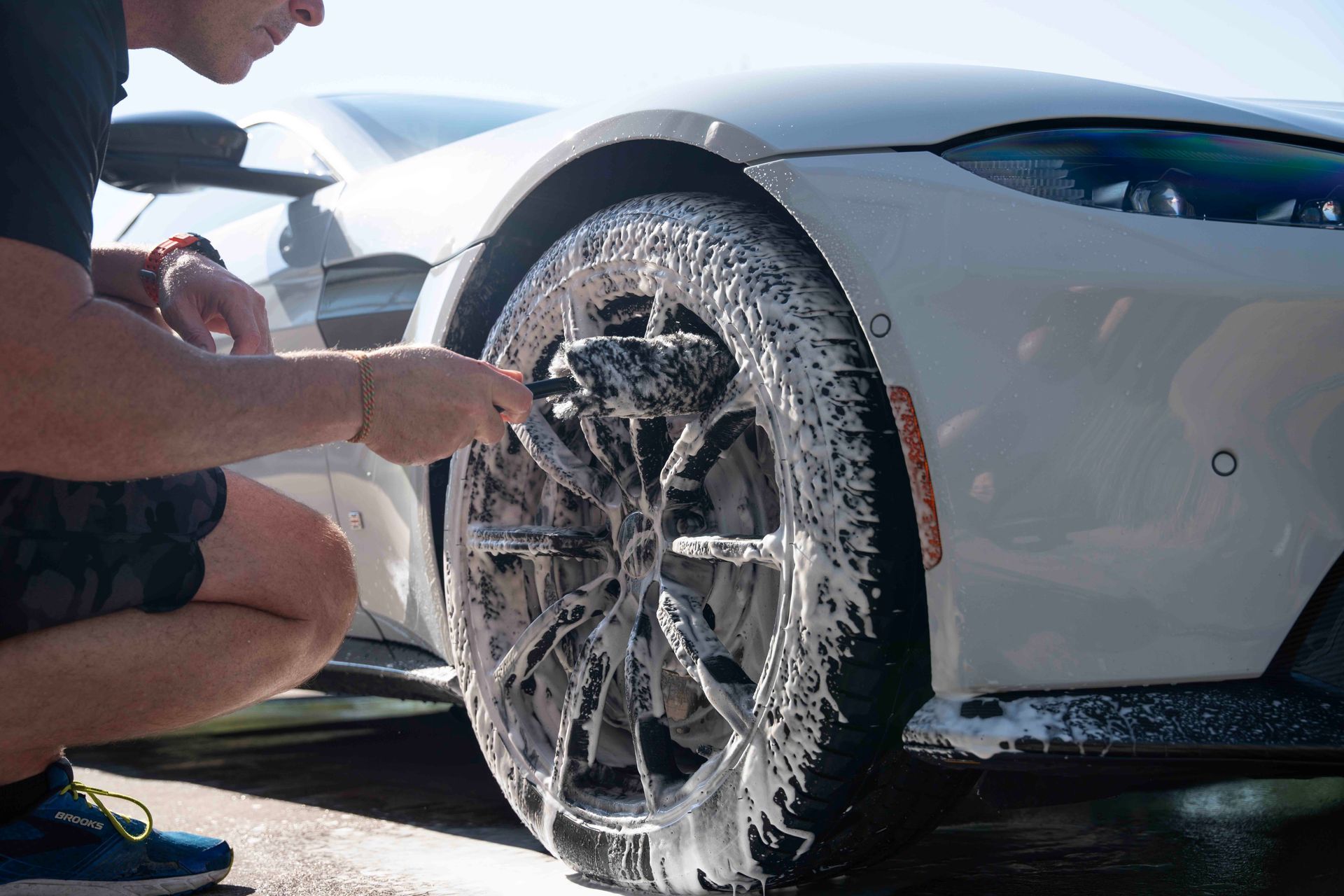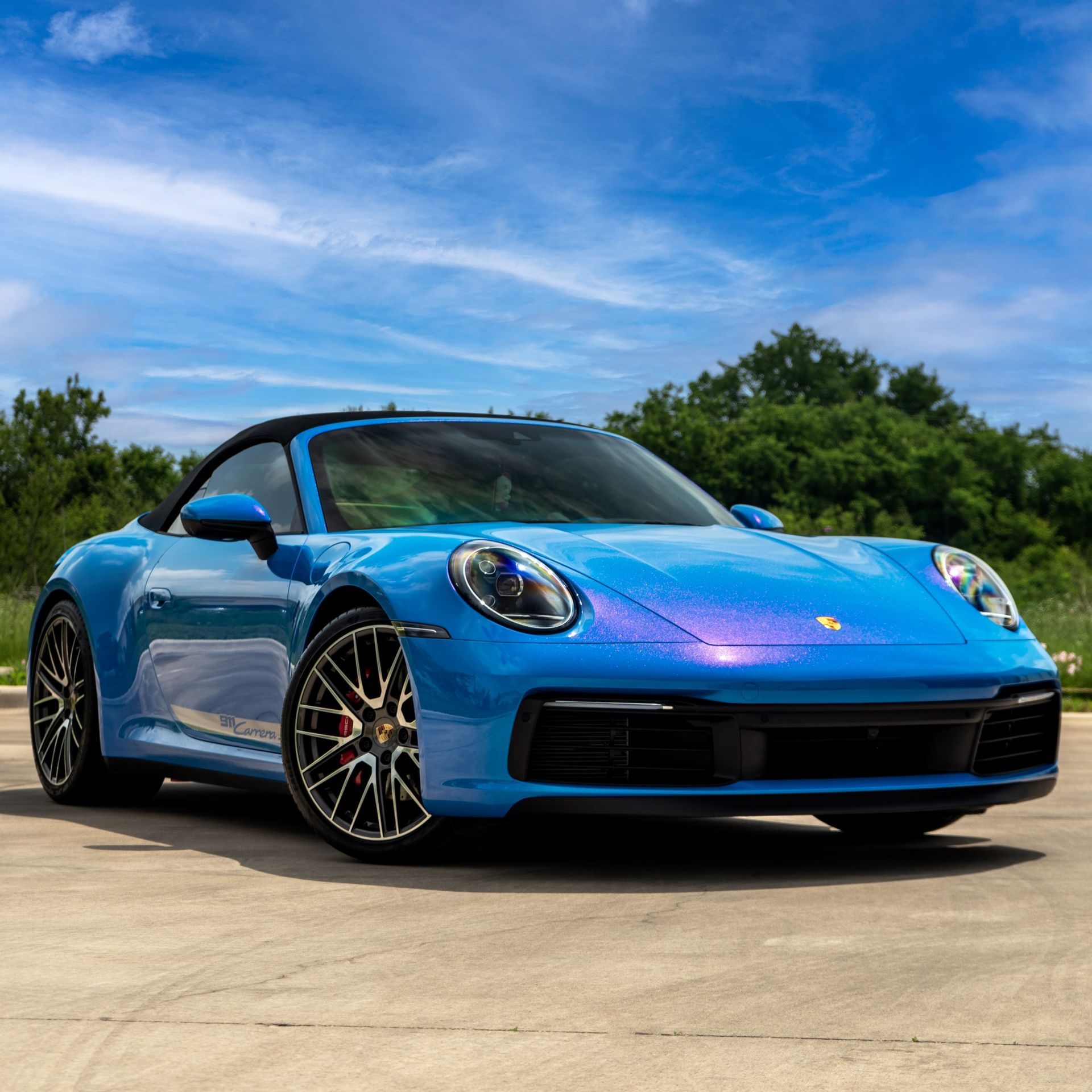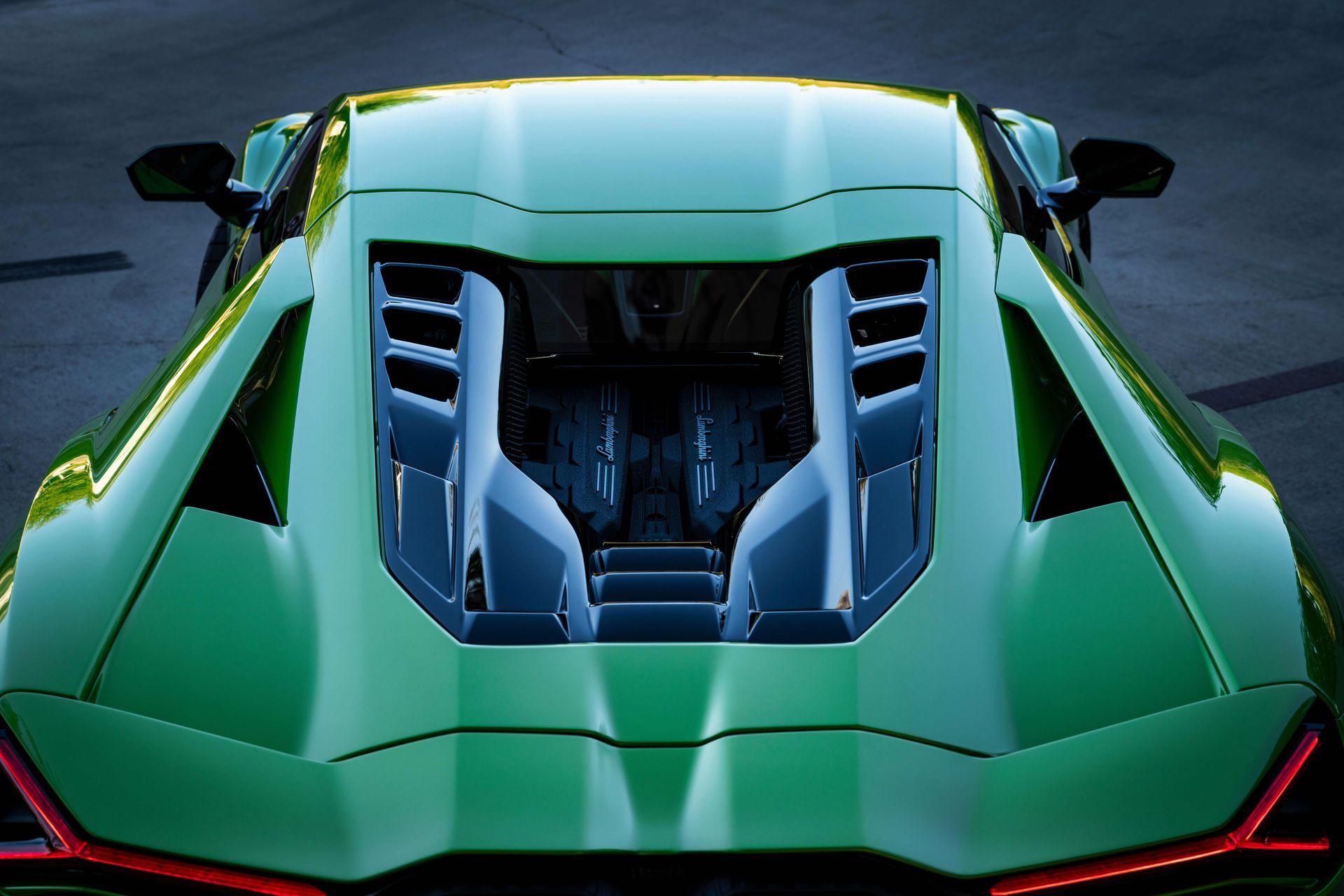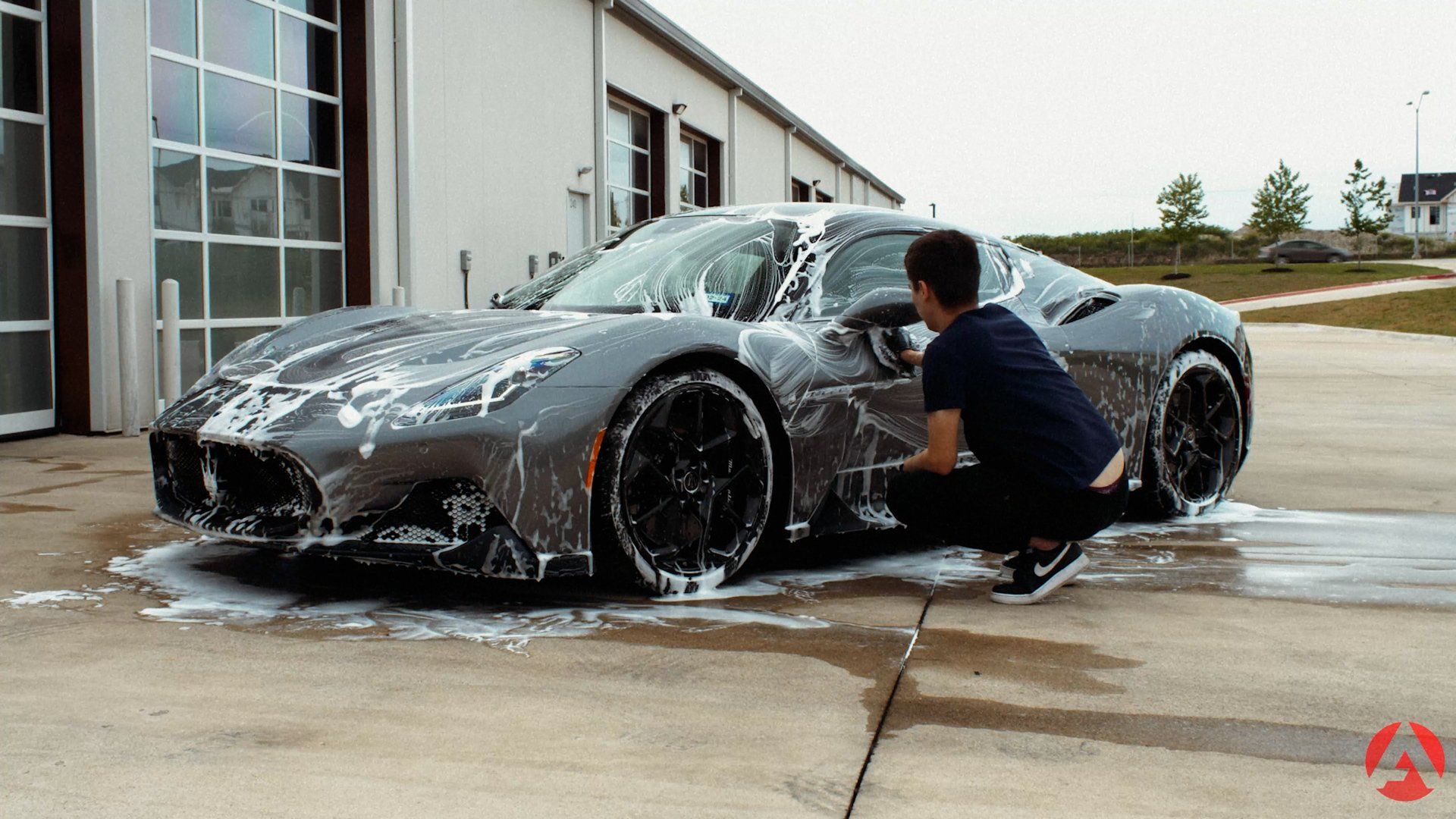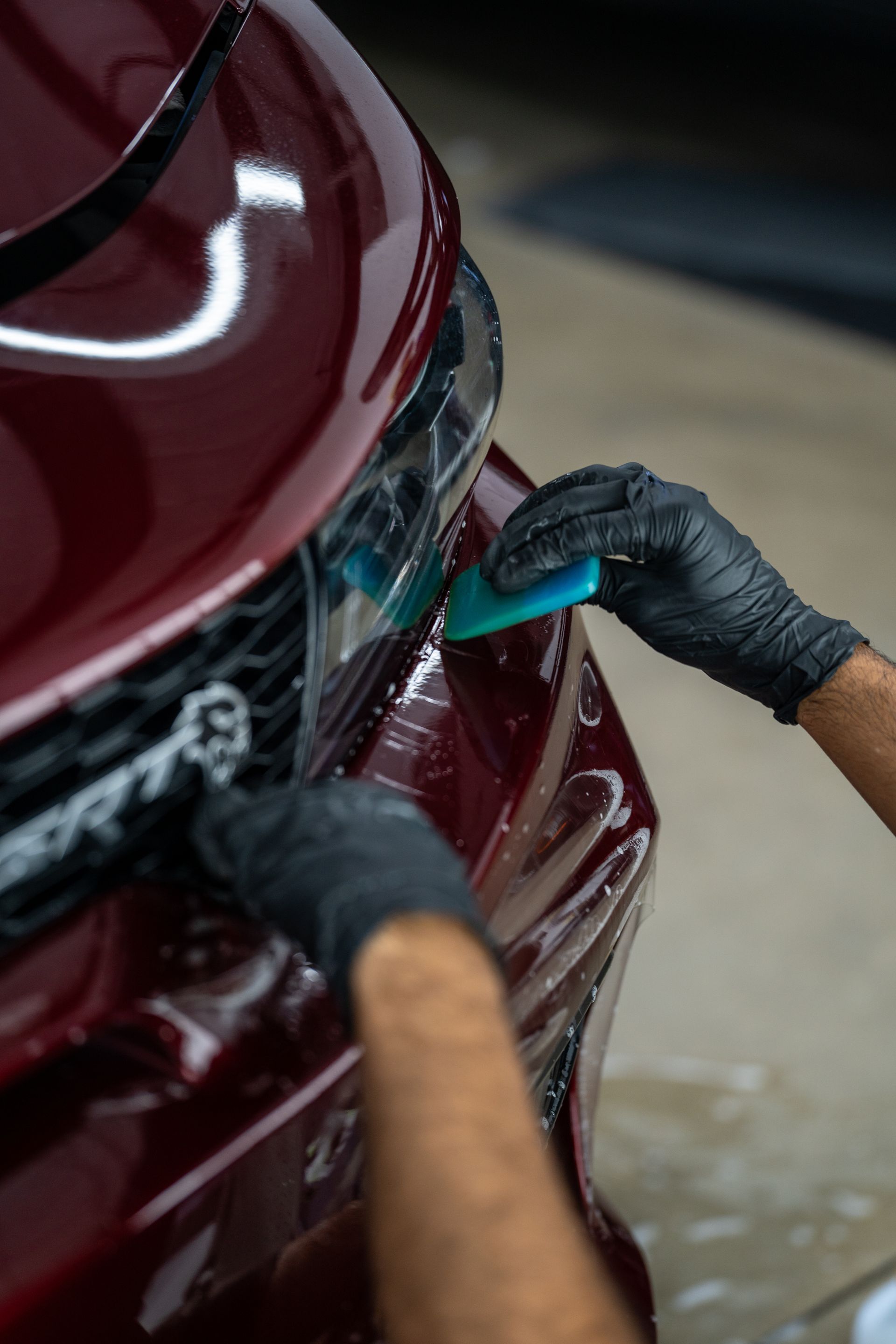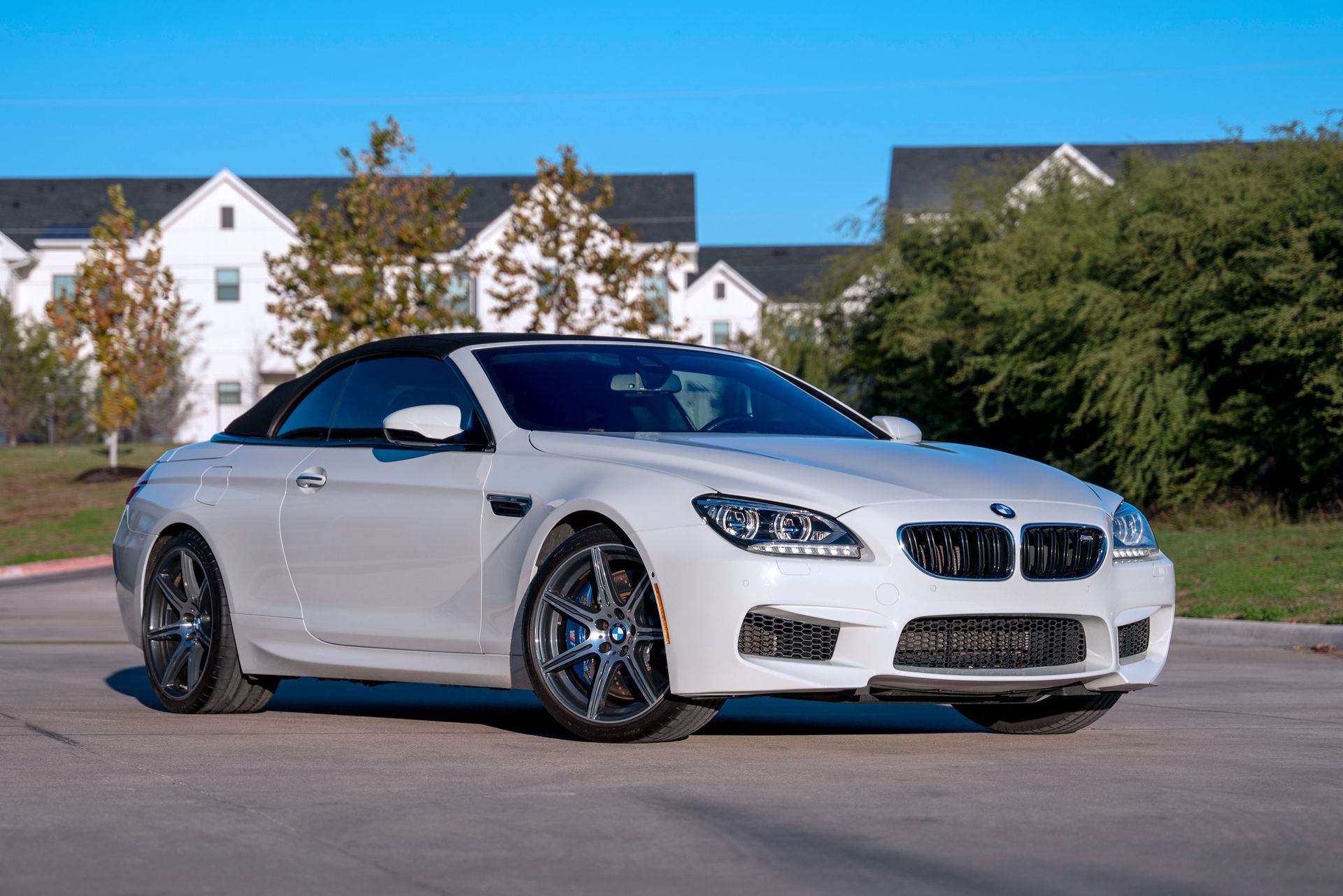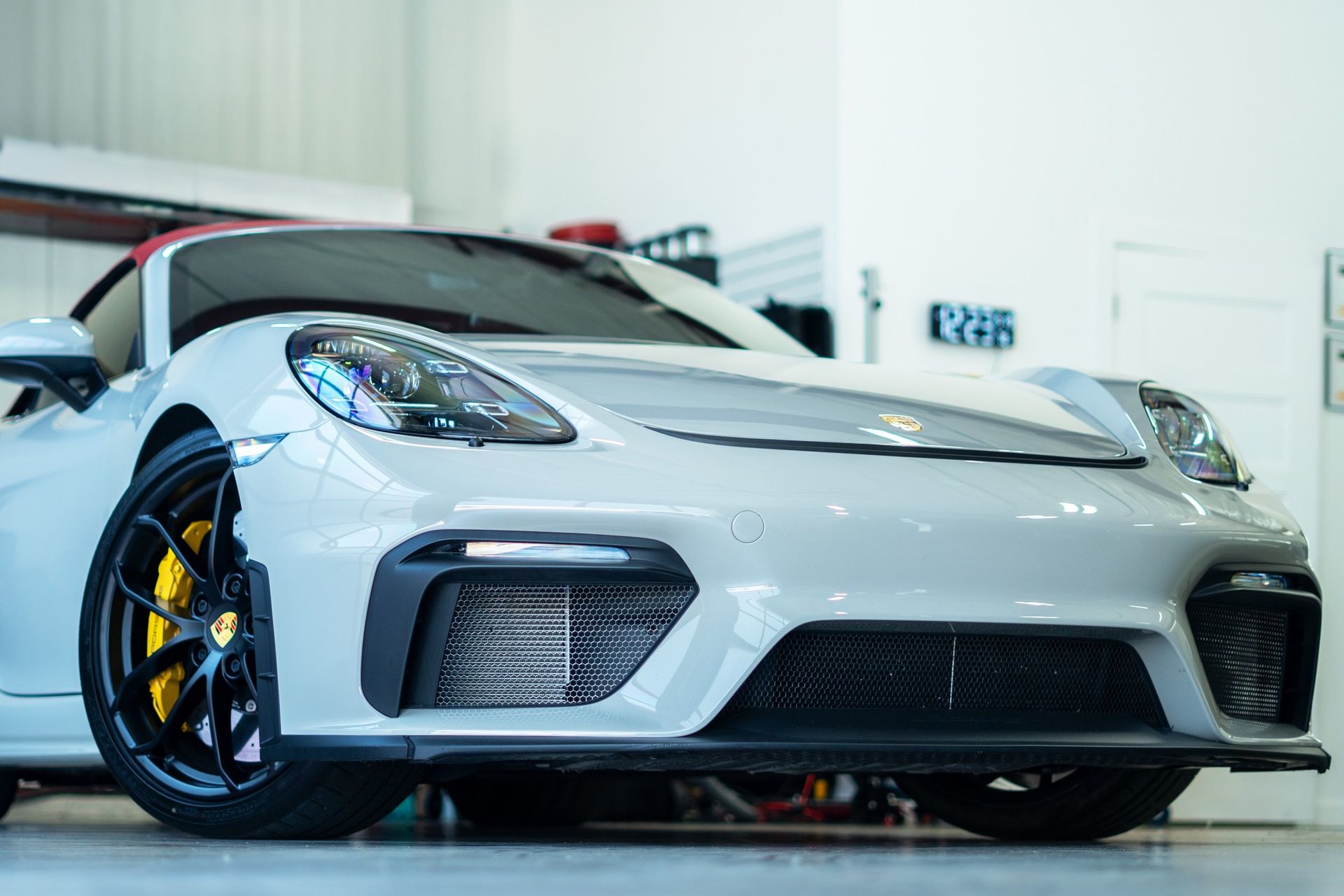Paint Protection Film (PPF) is like a superhero for your car’s paint job. It steps in to defend against unsightly scratches and chips, keeping your ride looking sharp. But what happens when this protective layer gets damaged? Although it may appear catastrophic, there exist solutions that can restore your vehicle to its optimal condition. Whether it's minor scuffs from everyday driving or bigger damage from unforeseen roadside mishaps, understanding the options available for repair and maintenance ensures you’ll keep your investment safe for years to come. Let's take a closer look at what could go wrong with PPF and how you can bounce back from damage effectively.
If your Paint Protection Film (PPF) gets damaged, it serves as a sacrificial layer that absorbs impacts to protect the underlying paint, thus preventing further damage. Depending on the extent of the damage, localized repairs may be possible by replacing only the affected sections or through blending techniques, while more severe damage might necessitate full replacement of the PPF piece. Regular inspections can help identify and address issues early, ultimately saving you time and costs.
Common Causes of PPF Damage
One of the main culprits when it comes to Paint Protection Film (PPF) damage is the road debris that we often overlook as we cruise along. Small stones, gravel, and even bits of asphalt can become projectiles when struck by a tire or jolted loose on highways, especially at high speeds. It's astonishing how something seemingly innocent can lead to chips and scratches on your film.
Beyond just the immediate threats on the road, there are broader environmental factors at play that also contribute to PPF wear over time. Prolonged exposure to UV rays can degrade PPF subtly yet significantly; studies indicate that such exposure can reduce effectiveness by up to 30%. Things like acid rain or extreme temperatures can further exacerbate these effects, with some users experiencing notable degradation within a couple of years because they didn’t realize just how damaging the elements can be on something designed to protect their investments.
It’s almost ironic; we coat our vehicles in PPF for protection, only to let Mother Nature work her way into our plans.
However, poor installation often goes unnoticed. A technician's precision in applying the film is paramount; if not done correctly, it could lead to bubbles or peeling, which are both indicators that your film won’t provide adequate protection. In fact, estimates suggest that about 15% of failures stem from improper application techniques.
Finally, let's talk about cleaning mistakes. It’s all too easy to reach for those rough sponges or harsh chemicals when you think you’re helping your car shine its best. Using abrasive materials or improper cleaners can severely damage the Paint Protection Factor (PPF). I've seen countless friends inadvertently worsen their situation because they thought they were cleaning properly while actually causing micro-abrasions—akin to using sandpaper instead of a soft cloth!
Knowing these causes allows car owners to take preventive measures before serious issues arise, ensuring effective maintenance and protection for their vehicles as we move toward examining how to assess the severity of any PPF damage.
Assessing the Severity of PPF Damage
To determine how to tackle damaged paint protection film (PPF), you need to start with a thorough evaluation of the damage. It’s akin to a doctor diagnosing an illness. You wouldn’t know how to treat it without identifying what’s wrong. Similarly, your vehicle's PPF requires careful inspection to find out whether the damage is superficial or something more critical that could expose the underlying paint.
Visible Inspection
Begin your assessment by performing a visible inspection. Look closely at the surface of the film for signs of scratches, bubbles, or discoloration. Rapidly scanning over these areas may not yield as accurate results; instead, take your time and inspect each section carefully. Not only do you want to catch superficial flaws, but also be vigilant for more profound issues. For instance, small scratches might look insignificant, but they can accumulate over time, leading to more serious problems if left unchecked.
Equip yourself with adequate lighting while inspecting. Using a bright light helps highlight imperfections that would otherwise go unnoticed in dimmer conditions. This extra effort can reveal deep tears or rips that might expose your vehicle's paint beneath—something every car owner wants to avoid.
Diagnostic Tools
For further precision, tools like thickness gauges come highly recommended. These simple devices measure the remaining protection layer of your PPF. Knowing whether it has significantly thinned is essential because compromised film reduces its effectiveness against elements like rocks and debris—a major reason PPF exists in the first place.
In addition to visual inspection and thickness measurements, UV lights can be employed to detect invisible cracks or damages that aren’t apparent during normal observation. This technology allows you to uncover hidden vulnerabilities within the film, ensuring that no potential issues are missed before considering repair options.
Once you have completed this comprehensive assessment process, you'll gain the clarity needed to choose appropriate repair solutions or determine if a replacement of the entire film is necessary.
Having assessed the severity of any damage found, you are now well-equipped to explore effective strategies for addressing these issues and ensuring your vehicle maintains its protective layer.
Repair Solutions for PPF Damage
Fortunately, minor PPF damage is often repairable, saving you the cost and hassle of replacement. Modern PPF's self-healing properties often provide a solution for minor scratches or swirls. If your film has sustained light abrasions, the first step involves applying heat to the damaged area. Using a heat gun or hairdryer, gently warm the surface; this step activates the self-healing properties embedded in many high-quality PPFs. Imagine it like giving your film a nice, cozy hug!
As the film warms up, you’ll want to gently massage it with a clean microfiber cloth. This procedure helps the film return to its original state by allowing it to reflow and fill in any minor imperfections.
But what if the damage is more severe?
For larger tears and punctures, the repair process requires a bit more finesse. Start by thoroughly cleaning the area around the damage. It’s essential to have a clean surface so that any patch or new layer adheres correctly when applied.
If your manufacturer provides a patch, you can use it once cleaned. The trick here is to cut out a piece of PPF that is slightly larger than the damaged area. When aligning it, take your time—patience goes a long way in ensuring a seamless look once it’s applied.
After placing the patch over the tear, smooth it out carefully to blend it seamlessly with the existing layer of PPF. This blending process is vital; it ensures that both layers function together without compromising protection.
Now, while some repairs can indeed be done at home, there's always the question of whether you tackle them yourself or seek professional help.
Generally, if you're dealing with minor scratches and feel confident using basic tools like a heat gun or hairdryer, feel free to proceed! However, should you encounter significant damages or are uncertain about performing repairs correctly, enlisting the help of experts can ensure that repairs are done accurately—saving time and extending the life of your PPF.
Think of going pro as calling in professionals for tricky home repairs; sometimes it's best just to let someone else handle it!
Always remember that regular inspections—preferably every few months—can lead to early detection of any issues. This proactive approach is generally far more cost-effective than waiting until significant damage develops. Regular maintenance not only preserves the functionality of your protective film but also enhances its appearance over time.
Professional vs DIY Repairs
Fixing paint protection film (PPF) can indeed be a DIY project, but there are both advantages and drawbacks associated with taking this path.
DIY Repairs
On one hand, opting for a do-it-yourself approach can be quite appealing due to several benefits. For instance, cost-effectiveness plays a significant role; you won't incur labor fees and will only need to cover the cost of materials and tools. Such an arrangement could save you a hefty sum, especially if you're feeling budget-conscious or simply enjoy tackling projects on your own.
However, while it’s tempting to grab that DIY kit and get started, it’s crucial to acknowledge the limitations involved. Repairs typically require a certain level of skill and experience; without proper knowledge, you might inadvertently cause more harm than good. Furthermore, there’s always a risk that the quality of your work may compromise the very protection that PPF offers. A careless touch could lead to visible imperfections or an incomplete seal, leaving areas exposed and vulnerable.
Professional Repairs
Conversely, when you choose professional repairs, you’re inviting expertise into the equation. Skilled technicians possess years of training and experience specifically tailored to handle PPF repairs efficiently. They have the necessary tools to ensure high-quality repairs that seamlessly blend with existing material, preserving not only function but also visual appeal. One major advantage here is that many professional repair services offer warranties on their work, adding another layer of assurance about the longevity of your vehicle's protection.
While these factors make professional repairs highly attractive, they come with their downsides. Most notably, the cost can be significantly higher due to labor charges. Additionally, scheduling an appointment might require some time and planning on your part. You’ll need to fit the time into your calendar, which could delay getting back to enjoying your vehicle fully.
The choice between DIY and professional repairs hinges on your individual circumstances—consider your budgetary constraints, availability for appointments, and personal confidence in executing a satisfactory repair.
Preventing Future PPF Damage
Steps to extend the life of your PPF and prevent future damage can save significant time and money. First and foremost, adopting protective habits while driving can make a huge difference. For instance, maintaining a safe distance from vehicles ahead is crucial to avoid debris impacts. When you closely tailgate, you're at a higher risk of chips caused by stones or other materials flung by the tires of the car in front of you. By keeping a prudent distance, you reduce the likelihood of these situations arising, protecting your vehicle's exterior.
Protective Habits
Parking habits also play a significant role in extending the life of your PPF. When possible, opt for shaded or covered areas. This simple act protects your vehicle not only from intense UV rays but also from environmental factors like bird droppings and tree sap that can degrade the quality of the film.
You might think sunlight is harmless, but long-term exposure can cause colors to fade and peel prematurely.
Think about it: have you ever noticed how quickly items left in direct sunlight fade? The same principle applies to your car's exterior. A little foresight goes a long way.
Proper Maintenance
Proper maintenance is another cornerstone of preserving your PPF. Regularly cleaning the film with pH-neutral soap using microfiber cloths is essential to avoid abrasion. Using harsher soaps or rough materials can lead to scratches on the surface, which look unsightly and impair its protective qualities.
Don't underestimate how crucial it is to choose the right products!
Additionally, make it a habit to periodically inspect your PPF for any minor issues. Look out for lifting edges or small abrasions; addressing these early can prevent them from escalating into larger problems that necessitate costly repairs or replacements. You wouldn't wait until your car breaks down before you check the oil, so why treat your PPF any differently?
By implementing these protective habits and proper maintenance practices, you'll be able to maintain your vehicle’s pristine look for years to come.
For more detailed guides and tips, always visit us at Authentic Details.
If you need assistance with damage assessment or repairs, don't hesitate to reach out! Call us at (512) 296-0183 or visit our
contact page for expert help today!
CALL (512) 296-0183


